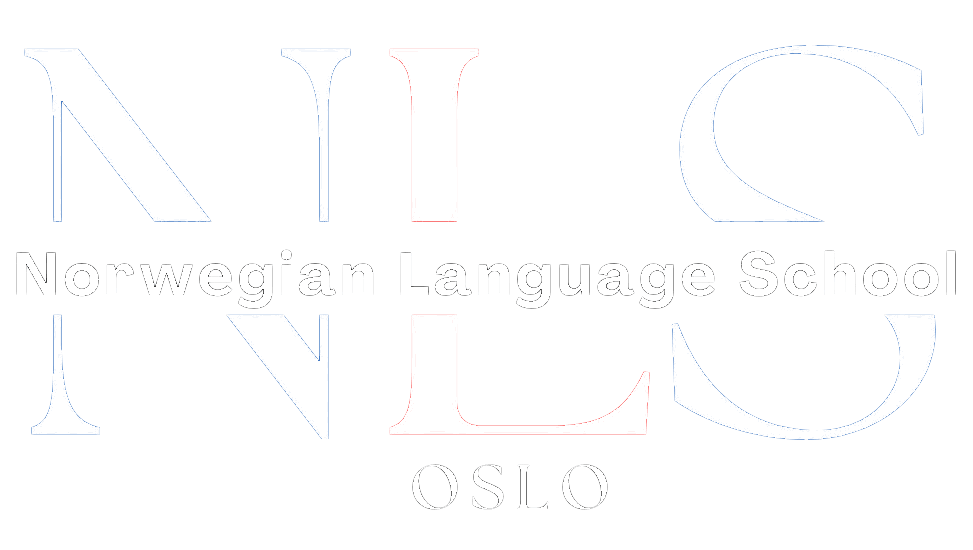

Navigating Norskprøven 2024: Essential Insights
As Norway continues to attract a diverse international community, the proficiency in the Norwegian language has become a gateway for newcomers to fully immerse into the local culture and society. Norskprøven, the official Norwegian language test, plays a pivotal role in this journey towards integration and understanding. With the 2024 iteration of the exam on the horizon, it’s crucial for candidates to familiarize themselves with not only the test structure and preparation strategies but also the specific requirements for test day, particularly regarding valid identification.
Table of Contents
ToggleUnderstanding the Identification Requirements
On the day of Norskprøven, candidates are required to present valid identification to ensure the integrity of the testing process. The list of acceptable IDs has been carefully curated to accommodate a wide array of nationalities and circumstances, reflecting Norway’s inclusive approach to its diverse population. Here’s what you need to know:
- A valid passport: Universally recognized as a form of identification, your passport must be current and bear your photograph.
- A Norwegian driving licence: Both the original and a duplicate copy must be presented if opting for this form of ID.
- A Norwegian bank card with a photograph: This is a convenient option for those who have integrated into the Norwegian banking system.
- A Post Office ID card issued after 1 April 2003: An option for residents who have availed this form of identification for postal services.
- A national ID card issued by a country within the EEA: Reflecting the close ties within the European Economic Area, ID cards from these countries are accepted.
- A refugee travel document and immigrant’s passport: Recognizing the unique situations of refugees and immigrants, these documents are valid forms of ID.
- A residence card: This includes those issued to family members of EEA nationals.
- An asylum seeker’s ID bearing a signature and place of birth: Catering to individuals in the asylum process, this ID must include specific details to be considered valid.
The Importance of Proper Identification
The requirement for valid identification underscores the importance Norway places on the security and fairness of the Norskprøven. It ensures that all candidates are accurately identified, which is crucial for the issuance of official language proficiency certificates. These certificates can play a significant role in various aspects of settling in Norway, from employment opportunities to further education and even the pathway to citizenship.
Prospective test-takers should prepare well in advance of their test date to ensure they have the necessary identification. It’s advisable to check the expiry dates of documents and, if necessary, renew them well ahead of time. For international documents, it may also be wise to confirm their acceptability with the test center to avoid any last-minute complications.
Conclusion
The Norskprøven 2024 represents not just a test of language proficiency but a critical step towards building a life in Norway. With the right preparation, including understanding the requirements for valid identification, candidates can approach the test with confidence. This not only brings them one step closer to achieving their personal and professional goals in Norway but also deepens their connection to the country’s rich cultural tapestry.
Frequently Asked Questions (FAQs) about Norskprøven 2024
1. What is Norskprøven? Norskprøven is the official Norwegian language test designed to assess the language proficiency of individuals seeking to integrate into Norwegian society. It is a critical component for those looking to work, study, or apply for citizenship in Norway.
2. Why do I need valid identification for Norskprøven? Valid identification is required to ensure the integrity and security of the testing process. It verifies the identity of the test-taker, ensuring that the results accurately reflect the individual’s language proficiency.
3. What forms of identification are accepted for Norskprøven 2024? The accepted forms of ID include:
- A valid passport
- A Norwegian driving licence (original and duplicate)
- A Norwegian bank card with a photograph
- A Post Office ID card issued after 1 April 2003
- A national ID card from an EEA country
- A refugee travel document and immigrant’s passport
- A residence card
- An asylum seeker’s ID with a signature and place of birth
4. Can I use an expired passport or ID card for the test? No, all identification must be current and valid on the day of the test. Expired documents will not be accepted.
5. What should I do if I don’t have any of the listed forms of identification? If you do not possess any of the accepted forms of identification, it is crucial to obtain one before your test date. Consider applying for a document that you are eligible for, such as a passport or a national ID card, well in advance of the test.
6. How important is the Norskprøven for living in Norway? The Norskprøven is highly significant for non-native speakers looking to integrate into Norwegian society. Proficiency in the Norwegian language is essential for employment, education, and social integration in Norway. Additionally, passing the test at certain levels is a requirement for obtaining Norwegian citizenship and for certain residency permits.
7. What happens if I forget my ID on the day of the test? Forgetting your ID on the test day can result in being unable to take the test, as the identification process is a strict requirement. It is advisable to prepare your documents well in advance and double-check that you have them before leaving for the test center.
8. Are there any exceptions to the ID requirements? The list provided is comprehensive, and exceptions are typically not made due to the importance of maintaining the test’s integrity. If you have a unique situation, it is best to contact the test center well ahead of your test date to discuss your circumstances.
9. How can I prepare for Norskprøven? Preparation can include language courses, practice tests, and immersion in the language through daily use, such as reading, writing, speaking, and listening to Norwegian in various contexts.

Norwegian A1-A2
Course Overview The Norwegian A1-A2 course is an online program focused on teaching essential Norwegian grammar and vocabulary. It includes a variety of materials and topics, with opportunities to interact with a Norwegian teacher entirely online. Curriculum Highlights The course covers key areas such as grammar and vocabulary and topics such as family, daily life, education, work, traditions, and leisure activities. Who Should Enroll? This course is perfect for beginners or those at the A1 or A2 levels who want to improve their Norwegian skills. What You Get Access to the full Norwegian A1-A2 course. A monthly 1-hour online conversation with a teacher. Many written and oral assignments. Comprehensive information on Norwegian grammar, Norwegian vocabulary and how to use them, important sentence structures, etc. Tips on additional resources to further enhance your Norwegian learning.
0 students enrolled
Last updated Dec 10th, 2024
If you want to learn Norwegian, you can register for classes here. We look forward to hearing from you and helping you become fluent in Norwegian.






